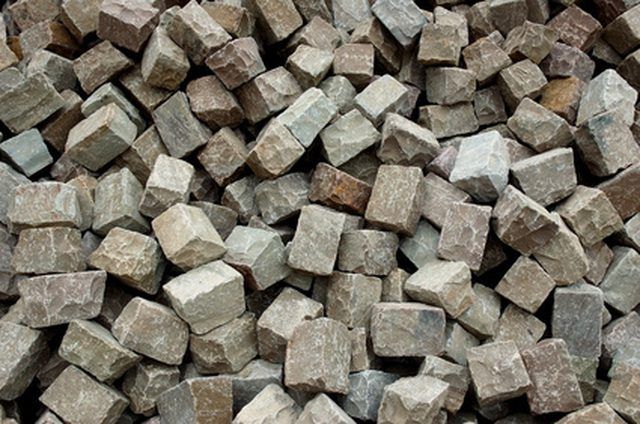Bulbs
Flower Basics
Flower Beds & Specialty Gardens
Flower Garden
Garden Furniture
Garden Gnomes
Garden Seeds
Garden Sheds
Garden Statues
Garden Tools & Supplies
Gardening Basics
Green & Organic
Groundcovers & Vines
Growing Annuals
Growing Basil
Growing Beans
Growing Berries
Growing Blueberries
Growing Cactus
Growing Corn
Growing Cotton
Growing Edibles
Growing Flowers
Growing Garlic
Growing Grapes
Growing Grass
Growing Herbs
Growing Jasmine
Growing Mint
Growing Mushrooms
Orchids
Growing Peanuts
Growing Perennials
Growing Plants
Growing Rosemary
Growing Roses
Growing Strawberries
Growing Sunflowers
Growing Thyme
Growing Tomatoes
Growing Tulips
Growing Vegetables
Herb Basics
Herb Garden
Indoor Growing
Landscaping Basics
Landscaping Patios
Landscaping Plants
Landscaping Shrubs
Landscaping Trees
Landscaping Walks & Pathways
Lawn Basics
Lawn Maintenance
Lawn Mowers
Lawn Ornaments
Lawn Planting
Lawn Tools
Outdoor Growing
Overall Landscape Planning
Pests, Weeds & Problems
Plant Basics
Rock Garden
Rose Garden
Shrubs
Soil
Specialty Gardens
Trees
Vegetable Garden
Yard Maintenance
How to Use Cobblestone Edging
How to Use Cobblestone Edging. Cobblestone edging lets you create definite borders and edges for various landscaping projects, from pathways to flower beds and driveways. Cobblestone edging transforms simple landscaping projects into neat and organized yard and garden art that appears professionally installed. You can use cobblestone throughout...

Cobblestone edging lets you create definite borders and edges for various landscaping projects, from pathways to flower beds and driveways. Cobblestone edging transforms simple landscaping projects into neat and organized yard and garden art that appears professionally installed. You can use cobblestone throughout your landscaping projects and enhance the curb appeal of your outdoor spaces within a few hours, as laying cobblestone edging takes little time and effort.
Things You'll Need
Tape measure
Garden spade
Herbicide
Plastic sheeting
Scissors
Loose-fill
Choose a landscaping element in your yard or garden to edge with cobblestone. Cobblestone edging works well for loose-fill items like gardens and pathways that contain gravel, as the cobblestone serves as a barrier to prevent the gravel, soil or mulch from spreading under traffic or erosion. However, you can also use cobblestone edging against solid stone walkways, driveways and patios to enhance the decor of your outdoor spaces.
Measure the width of your cobblestone pieces and use this width to create a similar-sized trench along the edges of the landscaping element. Dig only deep enough to remove the sod layer from this area; use a small garden spade to simplify this step.
Apply herbicide to the ground inside the excavated area, then unroll and cut the plastic sheeting to fit into the trench. This prevents grass and various other plants from growing between the cobblestone edging pieces.
Install the cobblestone pieces into the trenches. Place the cobblestones end-to-end, leaving no gaps between any stones.
Place more mulch, gravel or other loose-fill items into flower beds, gardens and walkways. Leave the level of loose-fill approximately 1 inch below the top of the cobblestone edging.
Tips & Warnings
For the best results, use cobblestone edging pieces of a uniform width and size.
To enhance the visual appeal of cobblestone edging placed against stone walkways, use stone that differs in shade or texture from the walkway.